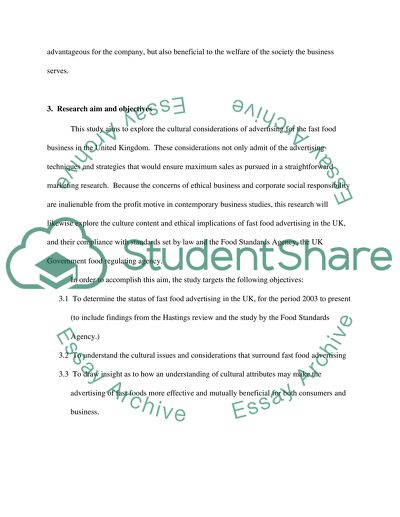Cite this document
(“Advertising in the UK fastfood industry Dissertation”, n.d.)
Retrieved from https://studentshare.org/marketing/1409286-research-proposal-what-is-culture-consideration
Retrieved from https://studentshare.org/marketing/1409286-research-proposal-what-is-culture-consideration
(Advertising in the UK Fastfood Industry Dissertation)
https://studentshare.org/marketing/1409286-research-proposal-what-is-culture-consideration.
https://studentshare.org/marketing/1409286-research-proposal-what-is-culture-consideration.
“Advertising in the UK Fastfood Industry Dissertation”, n.d. https://studentshare.org/marketing/1409286-research-proposal-what-is-culture-consideration.


